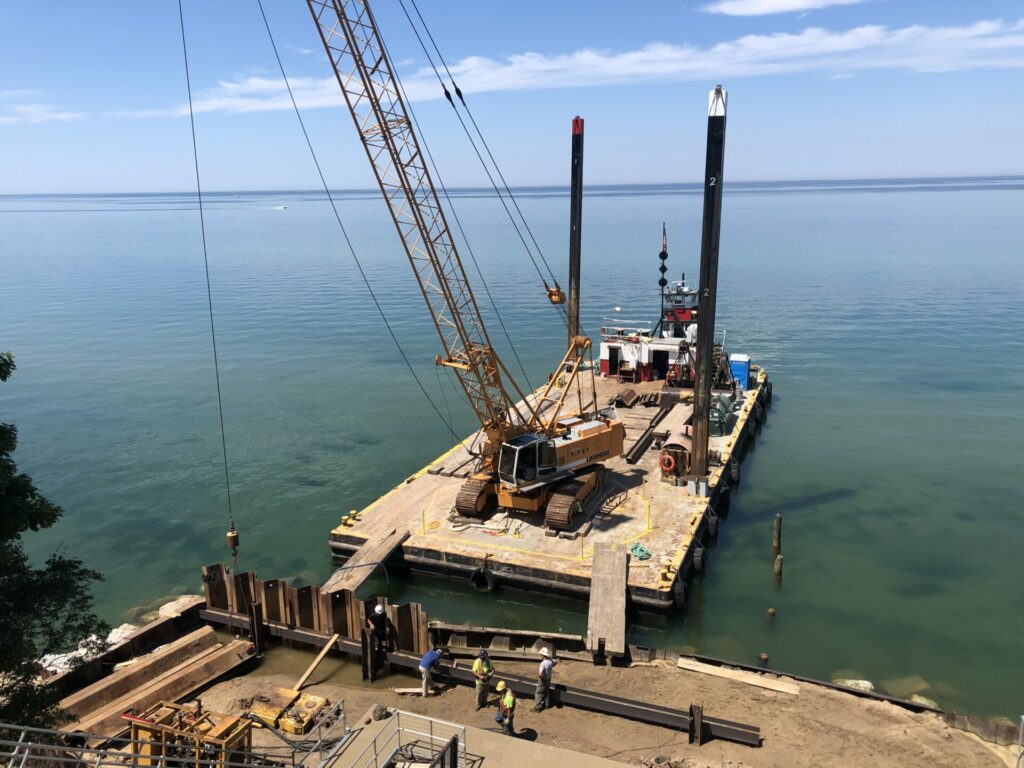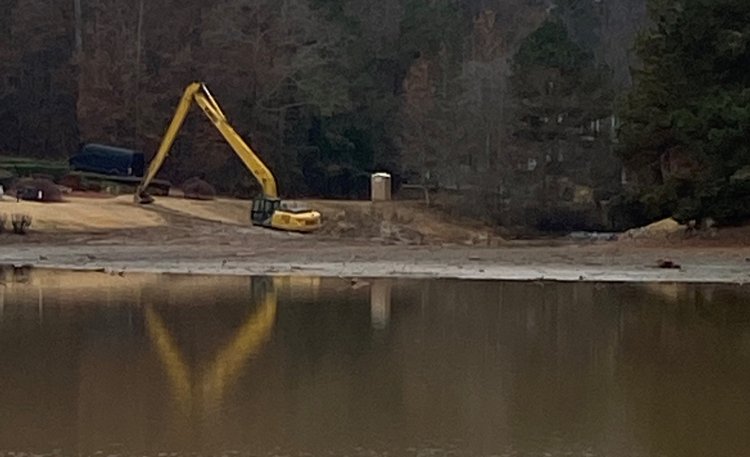3 Simple Techniques For Erosion Management
Table of ContentsUnknown Facts About Sediment SurveyThe Ultimate Guide To Hydraulic DredgingThe 9-Minute Rule for Dredge ServiceThe Facts About Scoop Sediment Revealed5 Easy Facts About Scoop Sediment Explained
Dredging is executed in several different areas and also for various purposes, but the major goals are usually to recuperate material of value or usage, or to develop a higher deepness of water. Dredges have actually been identified as suction or mechanical. Dredging has considerable ecological influences: it can disrupt marine sediments, leading to both brief- and also long-lasting water contamination, damage crucial seabed ecological communities, and also can launch human-sourced contaminants captured in the debris.
, or to deepen existing centers in order to allow larger ships access.
The Only Guide for Aquatic South
: dredging to extract sand, clay or rock from the seabed as well as utilizing it to construct colony somewhere else. This is normally done by a cutter-suction dredge or trailing suction receptacle dredge. The material might likewise be made use of for flooding or erosion control. Maintenance: dredging to strengthen or maintain accessible rivers or networks which are intimidated to become silted with the flow of time, as a result of sedimented sand as well as mud, potentially making them as well shallow for navigating.
In Louisiana as well as other American states, with seawater estuaries that can maintain bottom oyster beds, oysters are increased and collected. A heavy rectangle-shaped steel inside story is pulled astern of a moving boat with a chain bridle affixed to a wire. This drags along the bottom scooping up oysters (additional hints). It is regularly winched aboard and the catch is sorted and nabbed for delivery - scoop sediment.
Disposal comes to be a proportionally large element in these operations.: dredging raises the channel depth and for that reason enhance a channel's ability for bring water.: this is mining sand offshore and also placing on a beach to change sand worn down by storms or wave action. This improves the leisure and safety feature of the coastline, which are additionally eroded by human task.
Some Known Questions About Sediment Survey.
A simple suction dredger has no device at the end of the suction pipe to interrupt the material. A trailing suction receptacle dredger (TSHD) tracks its suction pipe when working., tons the dredge spoil into one or more receptacles in the vessel.


A cutter-suction dredger's (CSD) suction tube has a reducing device at the suction inlet. The reducing system loosens the bed product and moves it to the suction mouth. The dug up material is usually sucked up by a wear-resistant centrifugal pump and discharged either browse this site via a pipeline line or to a barge.
It is sometimes utilized like various other dredges.
The smart Trick of Scoop Sediment That Nobody is Discussing
This technique is typically made use of in excavation of bay mud. A lot of these dredges are crane barges with potatos, steel heaps that can be decreased as well as raised to position the dredge. Backhoe/dipper dredgers [edit] A backhoe/dipper dredger has a backhoe like on some excavators. A crude but usable backhoe dredger can be made by placing a land-type backhoe excavator on a pontoon.
When the receptacle is filled up with slurry, the dredger quits dredging as well as goes to a dump site and empties its receptacle. [] Some hopper digs up are developed so they can additionally be cleared from over utilizing pumps if dump websites are unavailable or if the dredge material is polluted. In some cases the slurry of dredgings as well as water is pumped straight right into pipes which transfer it on neighboring land.
There are a few different sorts of dredge tubes that vary in regards to functioning pressure, float-ability, armored or otherwise etc. Suction pipes, discharge armored hose pipes and self-floating tubes are several of the popular kinds engineered for moving and releasing dredge materials. Some even had the pipes or pipes tailor-maked to exact dredging needs etc.
Little Known Questions About Sediment Survey.
This is achieved primarily using self discharge bucket wheel, drag scrape or excavator through conveyor systems. [] When contaminated (poisonous) debris are to be gotten rid of, or big volume inland disposal sites are inaccessible, dredge slurries are lowered to completely dry solids via a procedure called dewatering. Existing dewatering strategies employ either centrifuges, geotube containers, huge fabric based filters or polymer flocculant/ congealant based apparatus. [] In lots of projects, slurry dewatering is executed in large inland settling pits, although this is becoming less and also much less typical as mechanical dewatering techniques remain to enhance. [] Numerous teams (most significant in east Asia) are executing research in the direction of utilizing dewatered sediments for the production of concretes as well as building and construction block, although the high natural content (in several instances) of this material is a hindrance toward such ends. [] The appropriate administration of polluted debris is a contemporary problem of considerable worry.
Yes, I understand and would certainly still like to submit the form.
